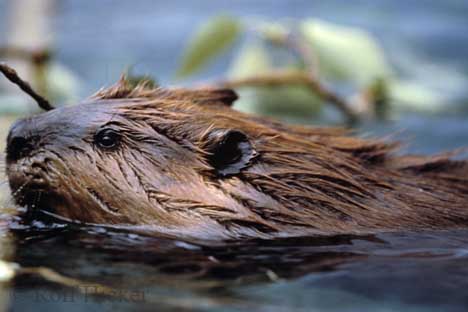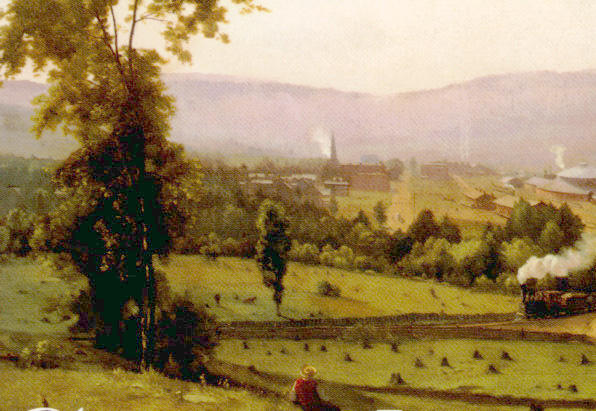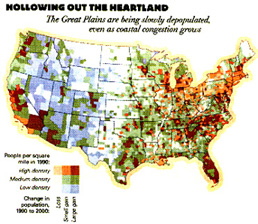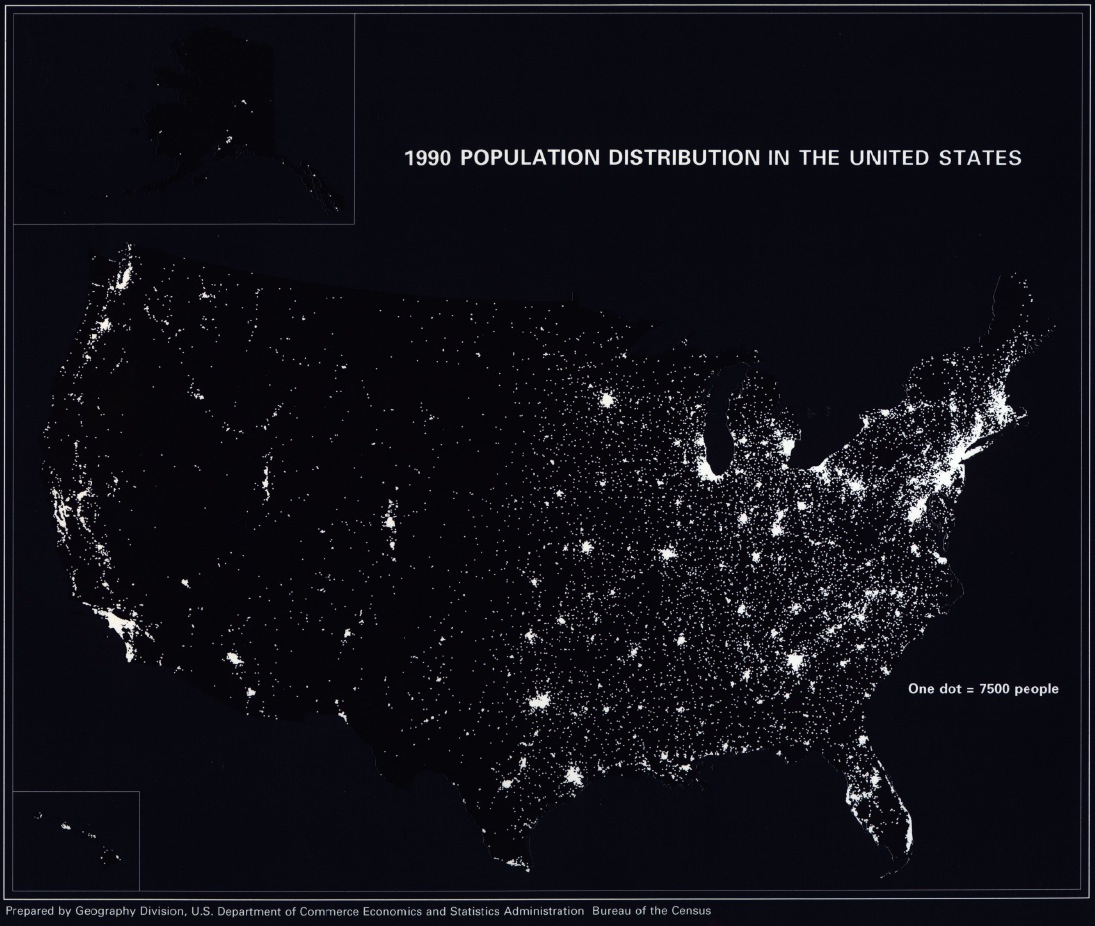I = P * A * T
impacts of settlements on land, air, & water.
Environmental History is
the study of how settlements alter ecological conditions and how those changes
influence each era’s ideas about nature with respect to responsible
resource use from one period to the next.
The impacts are on water, energy, air and land or WEAL.
Ideas meaning those
concepts associated with the perception, ideology and values that contribute to
methods of discovery with respect to our surrounding land, air and water when
contrasted with an Earth’s eye view of the past.
Perception, ideology, and values
Environmental history provides a double vision of human ambitions.
Beavers as a keystone species, water tables, reservoirs,
forests.
Natives as diverse beyond our experience, farmers, horses.
Settlement of nationalities and churches
from Europe.
Revolution and nationalism: uniformity and commercial-agrarian tension.
America's watersheds are the engines of the ecological systems we need as we are all dwellers's downstream on round river.
Changes in scale with
respect to means of altering surroundings
Economic patterns: impact quotient
Subsistence 1
Commercial 10 10
Manufacturing 100 102
Urban 1000 103
Industrial 10000 104
Metropolitan
(suburban) 100000 105
Hyper-industrial 1000000 106
Examples of the changes in landscape:
Jeffersonian Agrarianism
characteristics of the
periods
River – based 1600-1900:
Fur
trade
Settlement
Planting
- production oriented
Railroad –
1830-1950:
Cattle
Mining
Industry
Urban
concentration – production to consuming oriented
Roads –1917-2009:
Birth
of metro-areas SMSA
Commercial
centers
Hyper-industrial
(high water & electrical use)
Consumption
oriented
Changes in populations
Amount of people Year Number of years elapsed
Population -- 3
million 1790 base
30
million 1860 +
27
100
million 1900 +
70
300
million 2000 +200
Impact = Population x Affluence x Technology I=PAT
Any impact is proportional to the number of people, their level of affluence, and the equipment they use to supply themselves and others with a means to make a living.
¥ technological change, qualities of.
¥ Conservation.
¥ Preservation diverges from Conservation as protection.
search site
Emerson| Merchant | Worster | Cronin | Reisner | Jackson | Siry | Leopold | Diamond | Williams | Austin | Mumford | Marx
society
Siry II, Worster, Merchant, Emerson II, Olmsted, Mumford II, Egan, Rome








